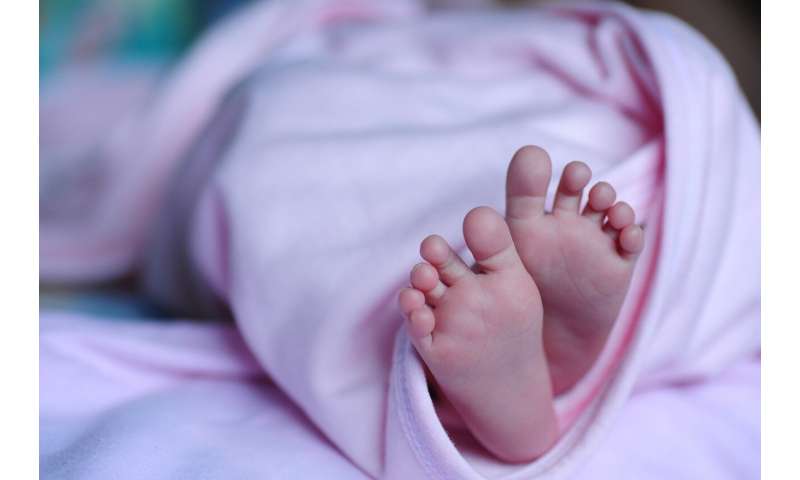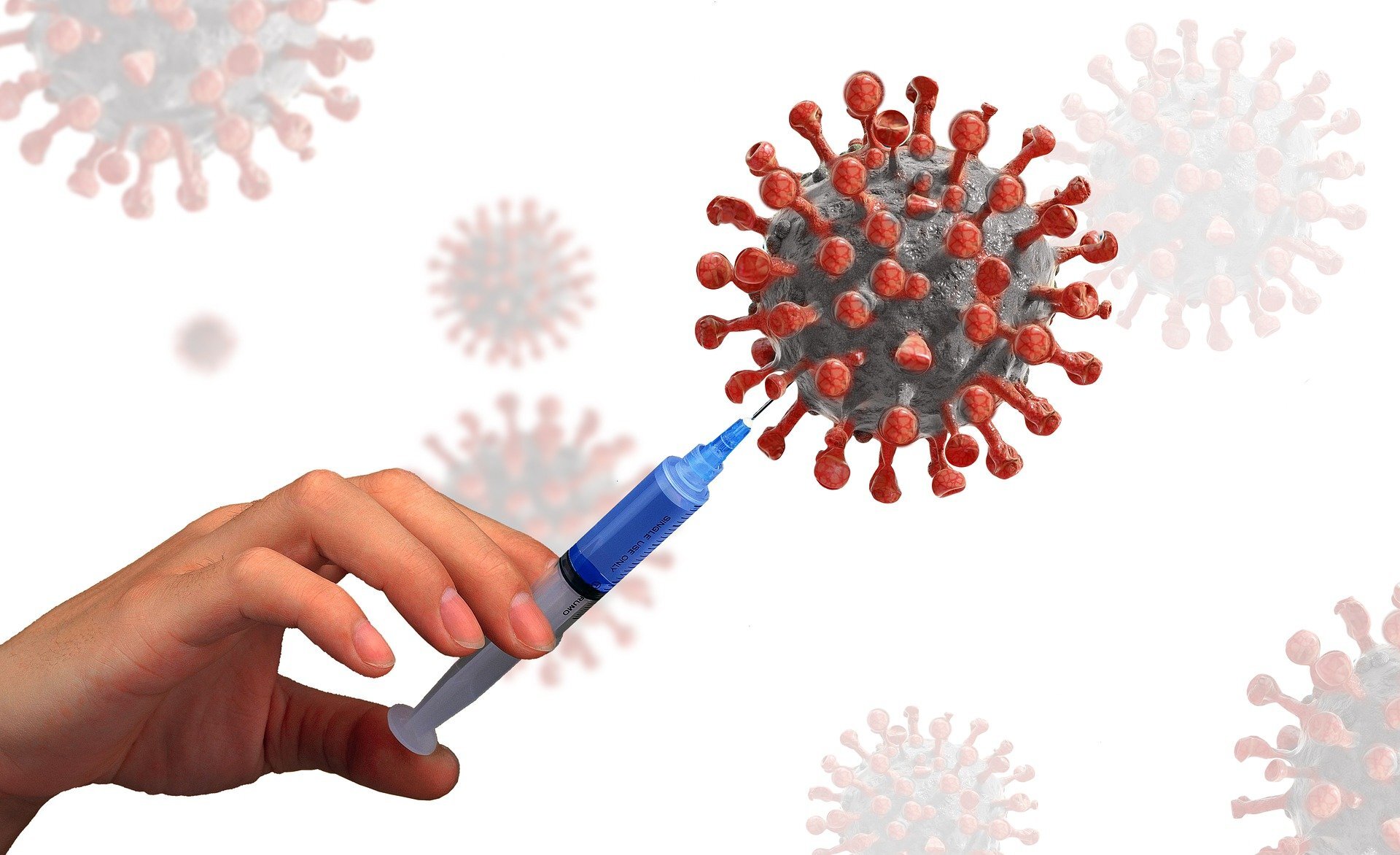#Scientists develop air quality sensor that could save the lives of babies and asthma sufferers
“#Scientists develop air quality sensor that could save the lives of babies and asthma sufferers”

Scientists at the University of Sussex have collaborated with an Oxford company, M-SOLV, and a team of scientists from across Europe to develop a highly sensitive and accurate nitrogen dioxide (NO2) sensor with life-saving potential in domestic, public and industrial settings. A major air pollutant that originates from combustion engines and industrial processes, long-term exposure to NO2 can cause respiratory issues, which can be particularly severe and even life-threatening for babies and asthma sufferers.
The gas sensor could, for the first time, provide accurate readings of the NO2 levels in the local environment in an affordable and portable Internet-of-Things device, which could sync with smartphones and applications.
European Union regulations allow a threshold of 20 parts per billion (ppb) of NO2 in the air to be exceeded not more than 18 times in a year. However, in London alone, the monthly average is regularly above this. Monitoring of air quality to prevent such exposure at ppb levels is currently only possible with unwieldy, expensive equipment and is therefore not widely implemented.
The challenge the scientists faced, therefore, was to create a device that was sensitive and accurate enough to detect below 20 parts per billion of NO2 in the air, but which would also operate in real-world situations and that would be convenient and affordable enough to have the potential for widespread use.
Their breakthrough came when they developed an NO2 sensing layer based on a laser deposited carbon aerogel (LDCA), which they found to have exceptional selectivity towards NO2 over other common air pollutants, making it unique amongst carbon nanomaterials.
Using a cheap, scalable one-step laser process, the thin, porous and well-adhered film of LDCA is then deposited on electrodes that can be housed in a range of device structures for continuous air monitoring. The sensor is so sensitive that it can detect close to 10 parts per billion of NO2 in under 15 minutes and, crucially, can operate at room temperature—even performing well in humid conditions, a problematic environment for many other sensors.
Professor Alan Dalton, who heads up the Materials Physics group at the University of Sussex says: “Like condensation on a windowpane, nanomaterials such as the carbon that we have used in this development, nearly always have surface water. Normally, this is a really bad thing as it interferes with the technology, but in this case, we’ve been able to use this layer of water to our advantage to selectively dissolve NO2 instead of other volatiles normally found in ambient conditions. As a physicist, this is really exciting, as this is what gives our sensor such a high rate of sensitivity to NO2 in real-world conditions, ensuring that we avoid false positive readings. As a father, one of the things that has motivated me to pursue this development was hearing about the influence of dangerous levels of NO2 in the air—something which we’re seeing regularly in our big cities—on infant morbidity. It’s not news that urban environments are seeing high levels of pollution, but without widespread and accurate air quality monitoring most of us are in the dark about how harmful the air in our local area might really be for ourselves and our children.”
Potential applications for the sensor could include: as a safety device to monitor the air quality in a baby’s bedroom; to help inform the best walking or cycling routes and times of day to avoid high pollution levels; and even by estate agents to provide prospective house buyers with information on the nitrogen dioxide levels in a home and area. The scientists hope that the technology will be utilized by councils to track pollution levels in urban environments and industry.
Peter Lynch, a postdoctoral researcher at the University of Sussex who played a key role on the sensor development, says, “As a team of scientists from across Europe, one of our shared goals was to develop a sensor that would not only perform fantastically outside of the lab, but that would also be affordable enough to be available to your average household, ensuring that more of us have access to information on air quality in our local area and on an hour-by-hour basis. As well as helping individuals make informed choices, our hope is that this data could also feed into a national—even worldwide—pollution monitoring database, in order to effect positive action on air quality.”
Adam Brunton, director of business development at M-SOLV, who are manufacturing the NO2 sensing device, said, “One nice thing about this sensor is that it is made using familiar equipment and materials that we already have in our Large Area Electronics Manufacturing Clean room here in Oxford. This means that it is compatible with standard smartphone manufacturing techniques and can be easily integrated with processing electronics, wireless communications, mobile networks, etc. Getting remote access to data from an individual device or a huge network of these sensors is therefore quite a straightforward process.”
More information:
Sebastian Nufer et al. Laser-Deposited Carbon Aerogel Derived from Graphene Oxide Enables NO2-Selective Parts-per-Billion Sensing, ACS Applied Materials & Interfaces (2020). DOI: 10.1021/acsami.0c09112
Scientists develop air quality sensor that could save the lives of babies and asthma sufferers (2020, August 24)
retrieved 24 August 2020
from https://phys.org/news/2020-08-scientists-air-quality-sensor-babies.html
This document is subject to copyright. Apart from any fair dealing for the purpose of private study or research, no
part may be reproduced without the written permission. The content is provided for information purposes only.
If you want to read more Like this articles, you can visit our Science category.
if you want to watch Movies or Tv Shows go to Dizi.BuradaBiliyorum.Com for forums sites go to Forum.BuradaBiliyorum.Com


